I am a long time listener of GunTalk. One of the things that Tom Gresham says is that the first thing he does is replace the trigger in a rifle. He says that a good trigger is necessary for good accuracy.
I personally have never had an issue with the trigger on my Remington rifle. It is a little stiff, but otherwise I have felt that it is consistent. However, there was a long standing recall for faulty triggers and that got me thinking. Now that Remington is defunct, the old recall is no longer active. Given the question, I decided to try and upgrade the trigger to a Timney Trigger.
The truth is, I did it because I wanted to try it. I wanted to see if it makes me more accurate. It doesn’t hurt that it is potentially safer as well. Now, I need to resist the urge to replace all of my triggers before I get any realistic data points. At $150, it is a luxury item. I only paid $350 for the entire rifle about ten years ago anyway.
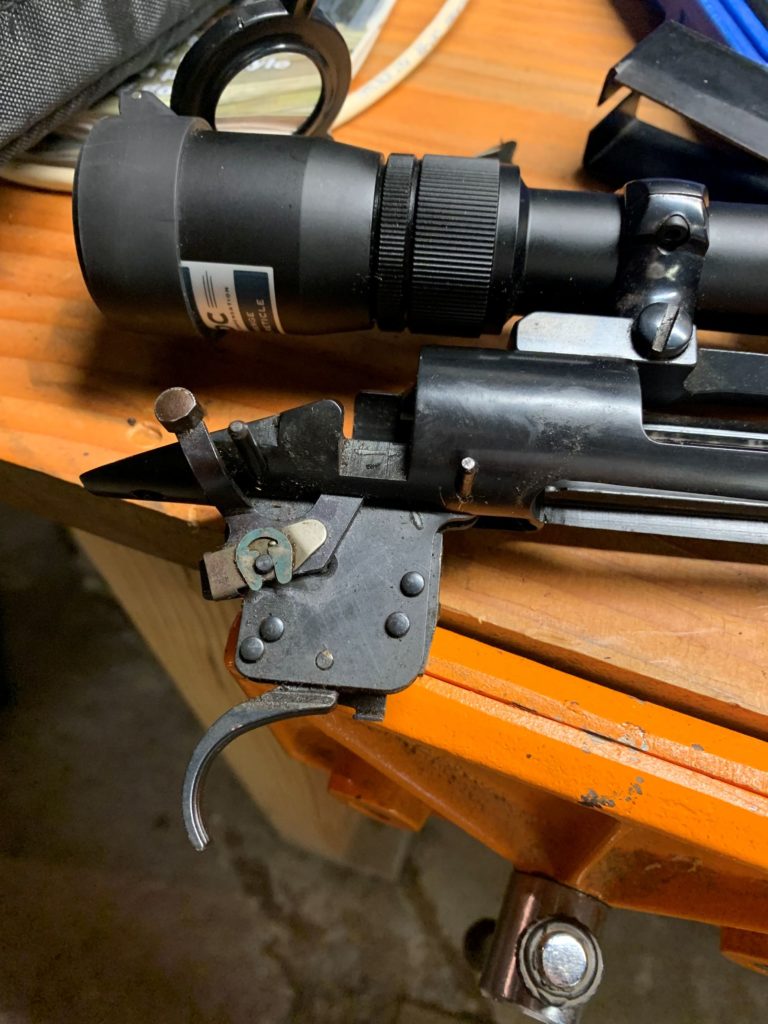

The process is pretty simple. There are two pins right above the trigger in the action. Once out, the trigger unit slides right out. The unit installs in the reverse order. If you are careful about how you do this, then this is a five minute job. I took the entire pin out which also removed the bolt release mechanism. This caused me to have to fiddle with it for twenty minutes to get the springs in the right place and put back together.
I have not shot it, nor do I have plans anytime soon. Part of me thought that I should wait out until hunting season is over just in case I get a wild hair to buy an elk tag. The realistic part of me says that I didn’t do it when I wasn’t working, why would I do it now? I have a standing invitation from my neighbors to go out with them. The season is only a week and I would have to take time off to do it. I really want to, but this is not the year. So, I changed the trigger.
I guess hunting is one of my toolbox fallacies. I always seem to be finding excuses to not do it. We are too busy, the weather is too warm, I don’t have any vacation, etc. I suspect that next year we will get our deer tags drawn. It has been three years since we did. Unless I physically cannot go, I am going next year. It might be one of the last years my dad can go, he is getting into his mid-seventies now and if we have to wait three years, he will be almost eighty the next draw.
On my dry firing, The trigger breaks a lot lighter. According to the documentation, the Timney Hunter model is supposed to be set at three pounds. From what I have read, a trigger that is too light for hunting might be a problem when wearing gloves. A heavier trigger prevents premature discharge because you cant feel as well with gloves on. I guess I have never hunted with gloves on, so I don’t think this will be a problem.
This particular rifle, I have only fired around thirty rounds out of. I haven’t shot it enough to have enough brass to reload. So, now with the new trigger it gives me an excuse to really give this rifle some exercise. It seems like something I should do anyway. So, I look at spending some quality time with this rifle in preparation for possibly the last hunt with my dad.
End Your Programming Routine: I probably should be more glass half full about this. There is no reason I can’t go with him on over the counter tags in future years. But, I guess none of us are guaranteed tomorrow. I just look at him slowing down and hobbling around a lot more. My trigger isn’t the reason I didn’t go hunting this season but it motivates me to look forward and setting plans for next year.
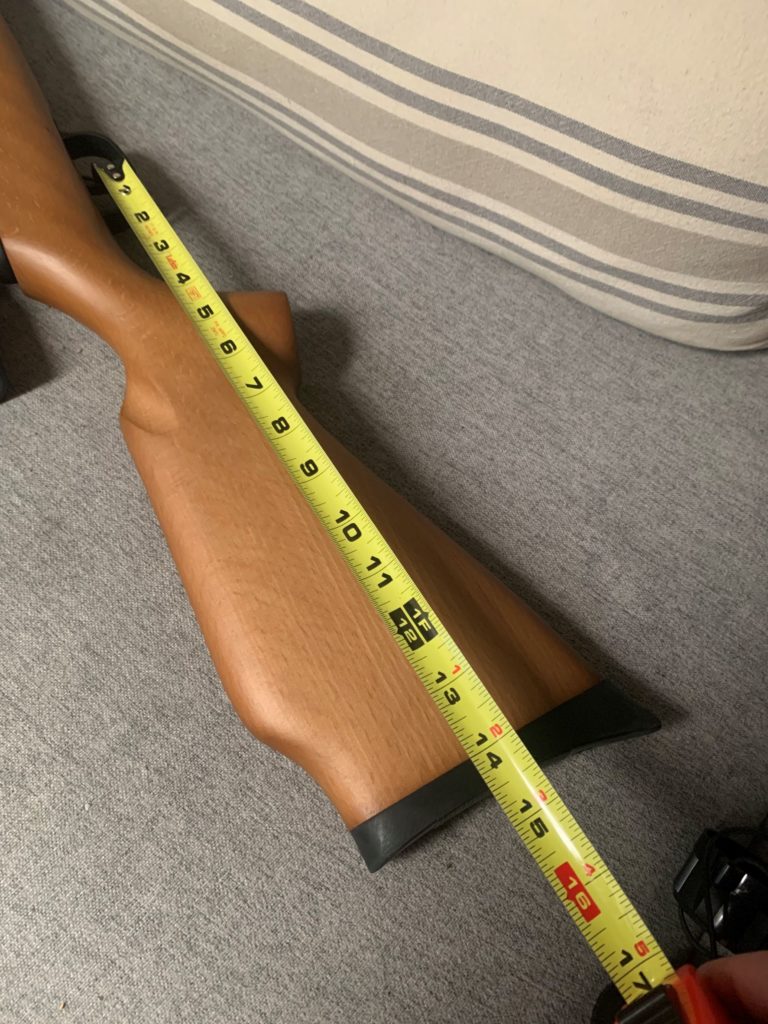


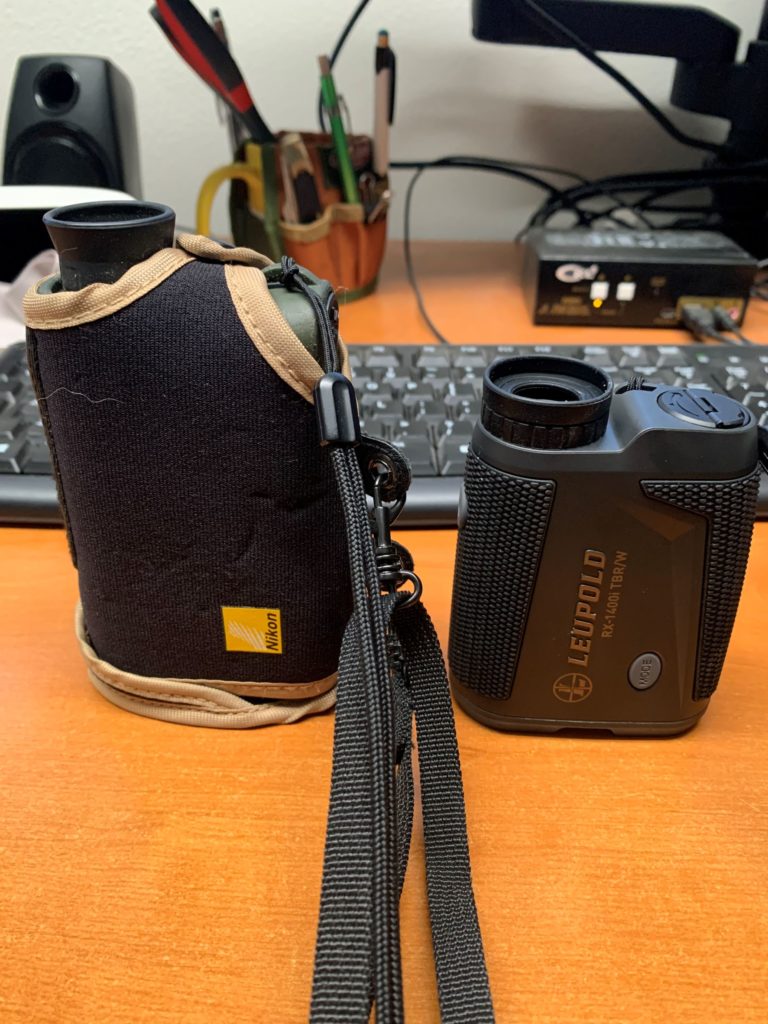

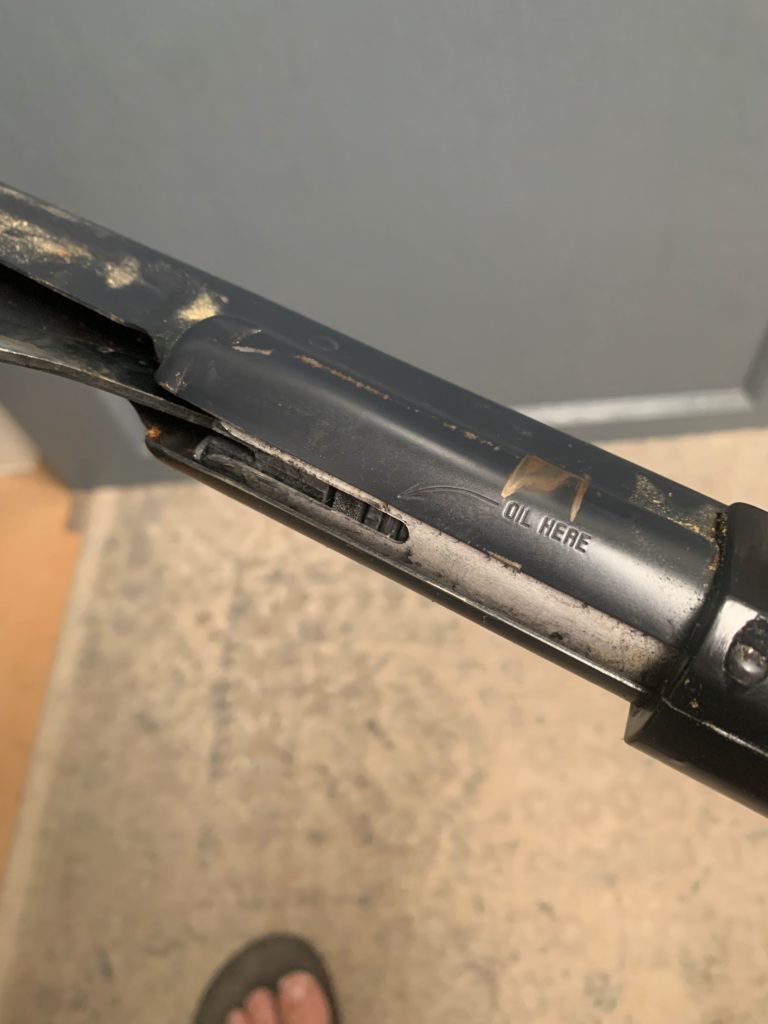

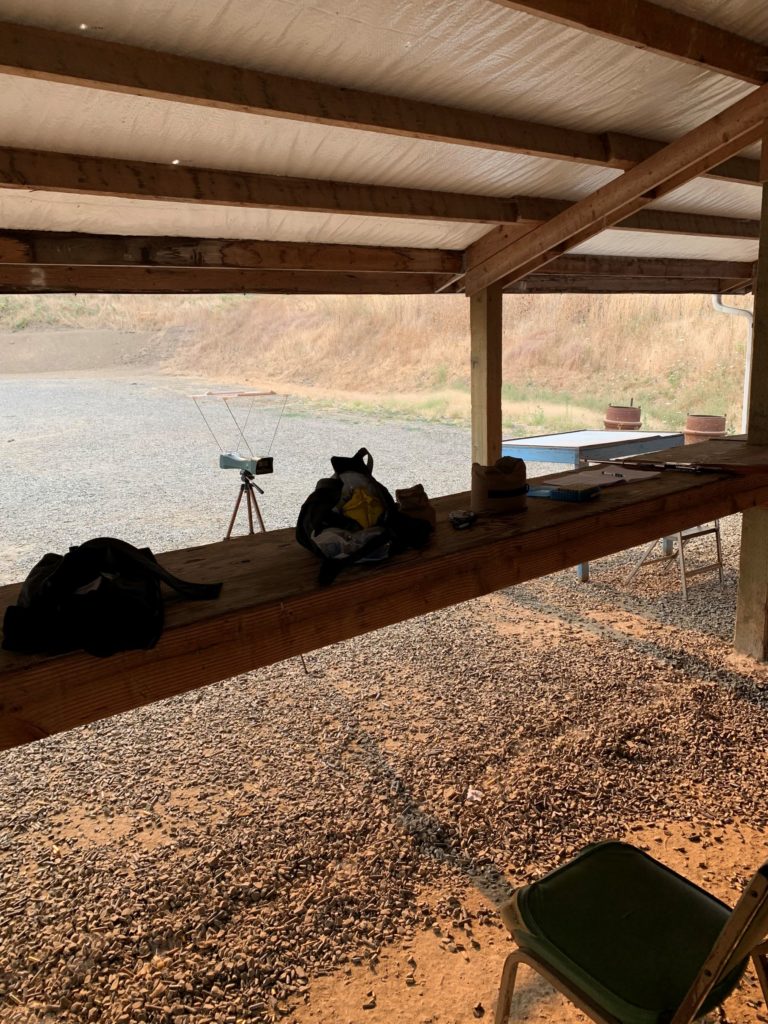
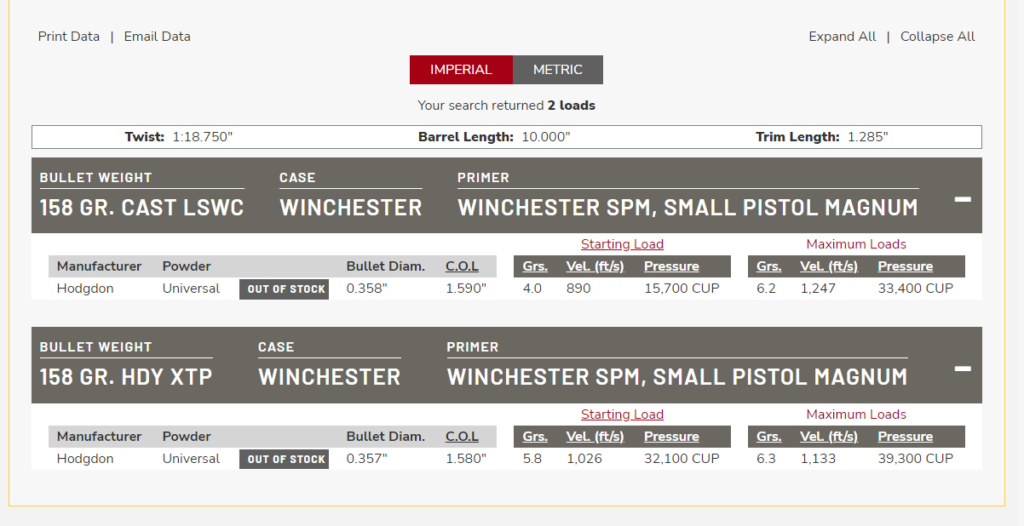
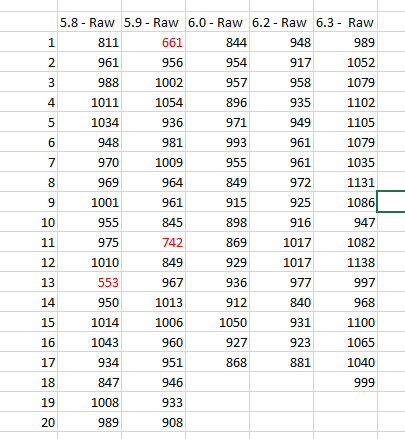
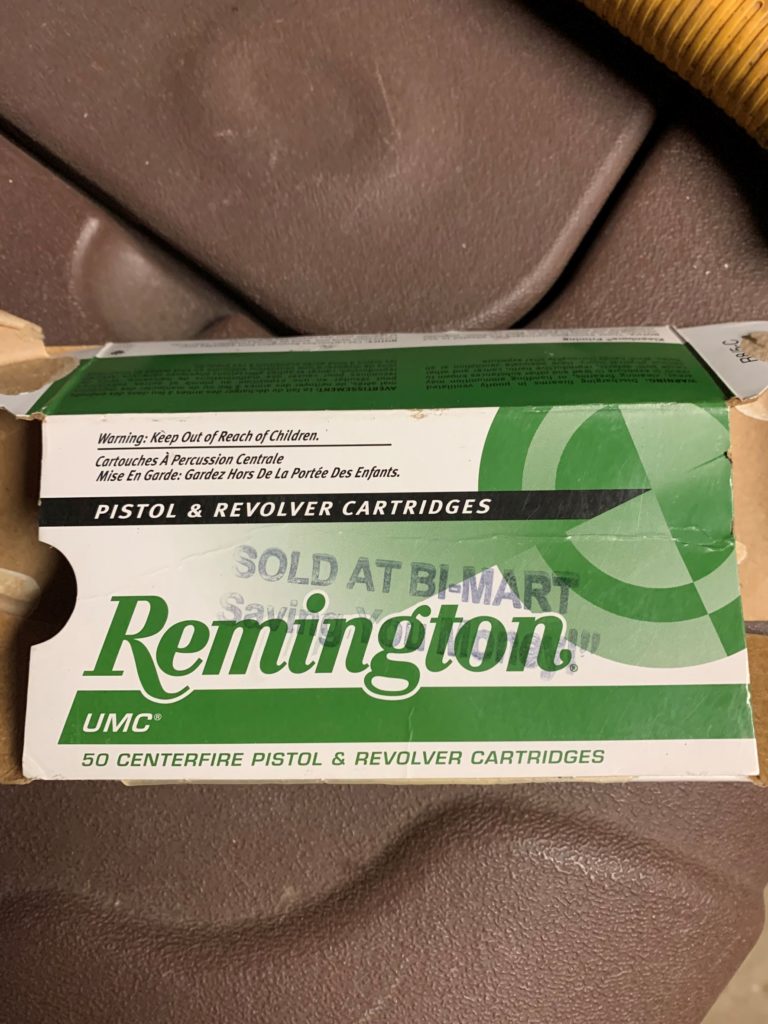

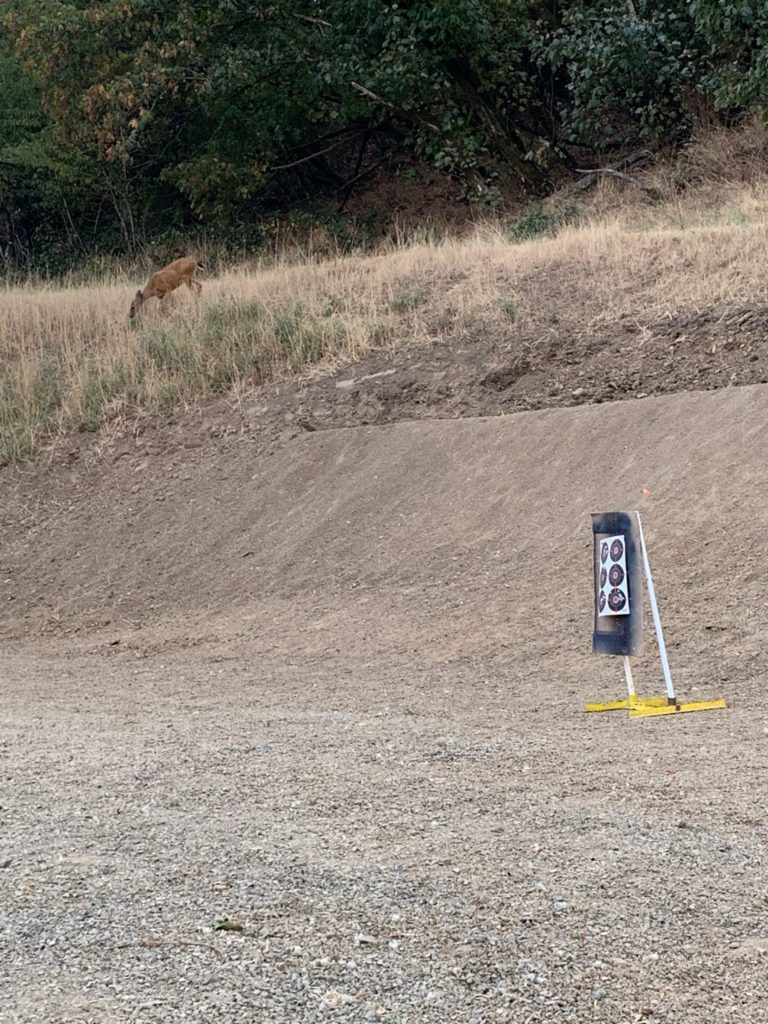
Recent Comments